Beavers are busy – but famously elusive.
That said, I’ve been lucky enough to spot a few, both in the flesh, and on trail camera.
The last, and only time, I saw the creatures, was during a late night wander in July 2021 around Bamff in Perthshire, an ‘eco-estate’ renowned for its pioneering beaver project.
It was magical to watch two kits (baby beavers) in action, with one swimming beside a dead tree in the middle of a pond, and the other, near a channel flowing out of it.
I could barely contain my delight!
So when I heard a mating pair of beavers had been reintroduced to Rothiemurchus near Aviemore in December last year, I was hugely excited.
The creatures were humanely trapped in the Tay catchment before being taken for veterinary screening to check they were in good health – and then released into the wild.
It had been 400 years since the shy species inhabited the area.
While Rothiemurchus was the first place in the Cairngorms National Park to offer them a home again, several others were released across neighbouring land.
Walk the Beaver Trail
A great way to learn more about the beaver reintroduction project – and, hopefully, to spot one – is to walk or cycle the newly named Beaver Trail.
The 7km loop, on a pre-existing trail, takes in the beaver’s natural habitat and passes the stunning mirrored waters of Lochan Mor.
If you fancy a short diversion, you can also take in Loch an Eilein.
Parking at the Woodlands car park at Inverdruie, opposite the estate’s Farm Shop and Barn Cafe, I stroll through the ancient forest and along the easy-to-follow Beaver Trail, signposted in red.
I know this beautiful walk well, having explored it many times in the past – but before it became the dedicated Beaver Trail.
The trail heads through a metal gate and deep into woodland where there are new information boards galore about beavers and ‘gnawed’ wooden signs.
Give beavers space
These advise you to give beavers space if you do spot them and I personally think I would be shocked into silence if I did.
After crossing some open ground, the route undulates through the forest before descending to reach the outflow of glorious Lochan Mor, known locally as the Lily Loch.
It’s lovely to just pause here for a while, resting on the stone wall and gazing out across the water. It would certainly be a great spot for a picnic.
After skirting the lochan, I find a wooden bench and sit down to drink in the peace and beauty of it all.
You can see why beavers, a key species in managing and restoring watery ecosystems, fondly known by some as ‘nature’s furry engineers’, must love it here.
Beavers thriving at Rothiemurchus
It’s got everything the buck-toothed rodents need to survive and thrive.
And there’s evidence they are thriving, with the arrival of a kit in August!
Other signs of beaver activity are visible if you look closely, such as chipped and felled trees, pencil-shaped stumps, and fewer lily pads – a favourite beaver food.
The hope is that by building dams, coppicing trees and creating water channels, the knock-on effect will be an increase in other wildlife, plus a reduction in flooding.
It’s no surprise that I don’t spot any beavers – it’s early afternoon and they tend to spend most of the daylight hours in their lodges, accessed underwater.
There’s a better chance of seeing them at dawn or dusk, when they’re most active.
Leaving the lochan behind, I continue on the main track, passing a cute white cottage, and then reaching a minor road.
Detour to Loch an Eilein
Turning left along it, I make a short detour to stunning Loch an Eilein.
The sun hits the loch as I gaze across its still waters to the ruined 13th Century island castle.
I deliberate walking round the loch – another 7km – but my legs are weary after a weekend hiking in Wester Ross.
Instead, I turn left and follow the shore path over a footbridge, return to the road, and rejoin the Beaver Trail.
The track has great views across fields and woodland, with boards boasting beaver and wildlife facts along the way.
It eventually reaches a road at Blackpark, and then the Aviemore to Glenmore road, at which point you turn left and head back to the start.
There’s an interactive beaver-themed exhibition at The Barn Cafe with a touch table for a hands-on experience – kids are sure to love it.
The future for beavers
The Cairngorm National Park Authority committed to introducing Eurasian beaver onto their land in December 2023.
NatureScot approved license for the programme, releasing up to six beaver families across three sites near the River Spey.
Less than a year into the project, the first beaver kits were born in the Cairngorms for 400 years – the first on Wildland Cairngorms Ltd land, and the other at Rothiemurchus.
Over the next five years, 15 beaver families could be released in the Cairngorms National Park.
Those released in December had previously been trapped in the River Tay’s catchment area before being taken to Five Sisters Zoo in West Calder, West Lothian, for health checks.
Populations are already established in Tayside, on the Forth, in Knapdale and Loch Lomond.
Officials behind the Cairngorm National Park scheme are now scouting for new release locations for the second year of their project.
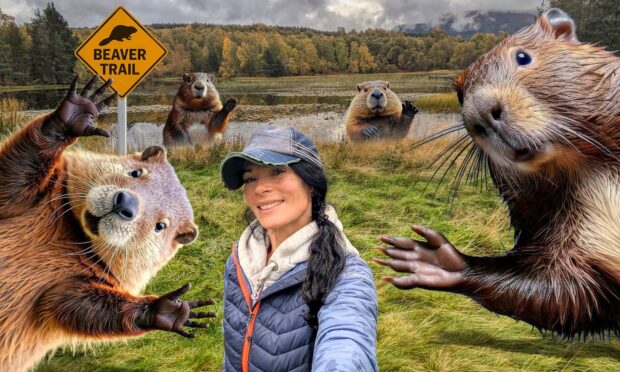
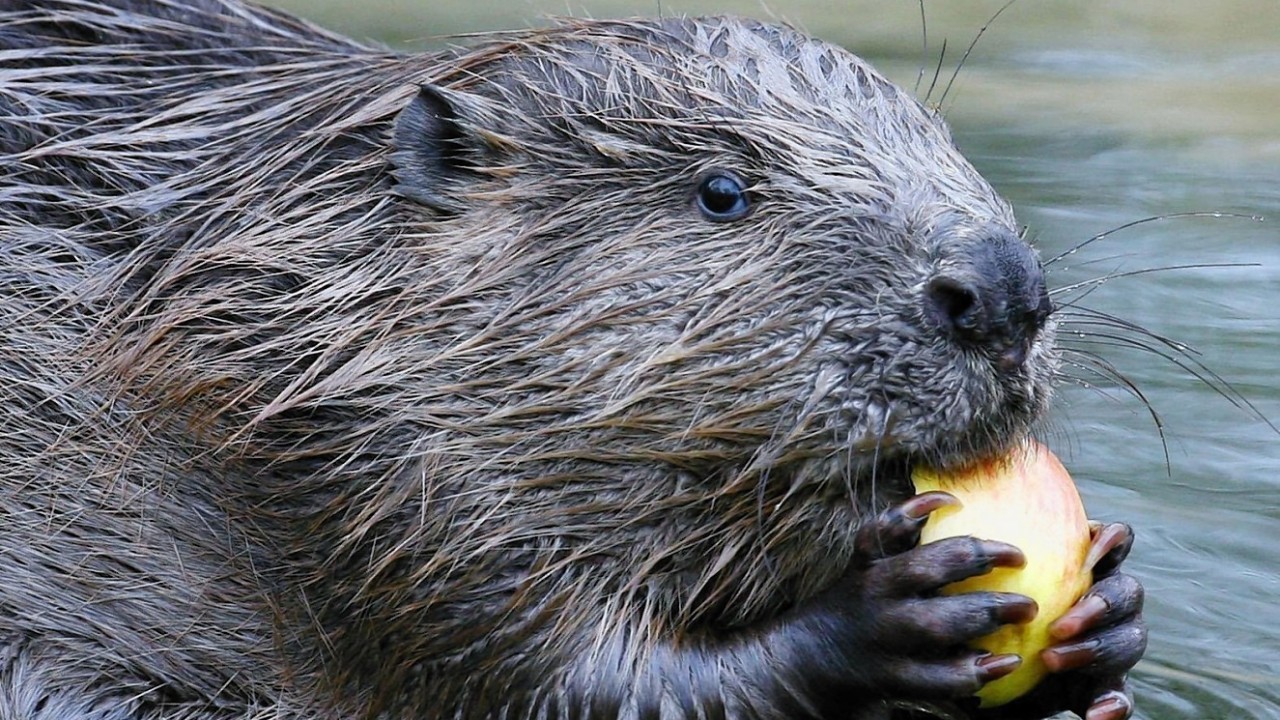
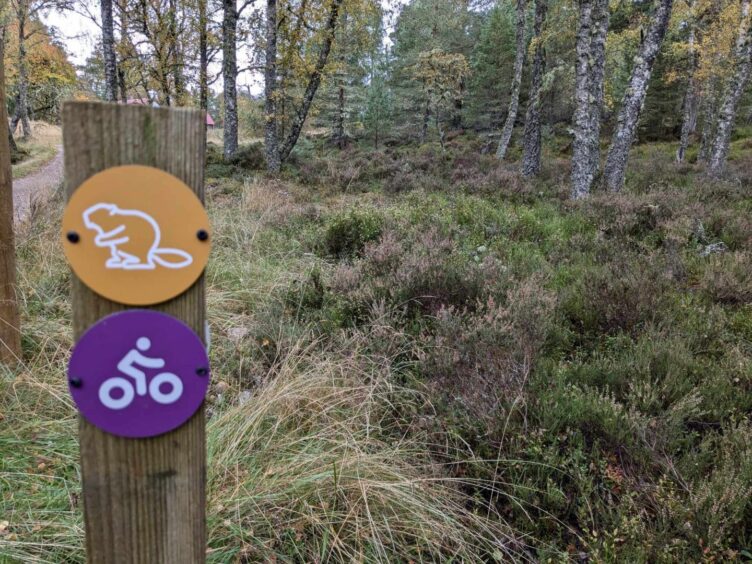
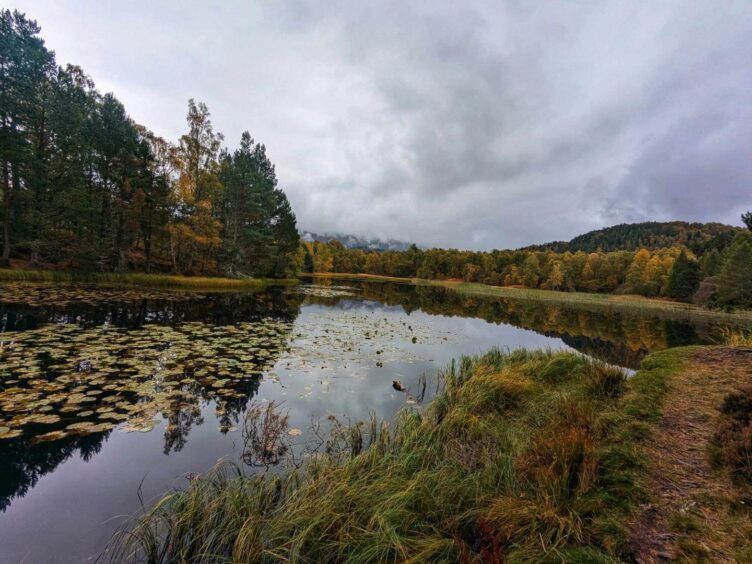
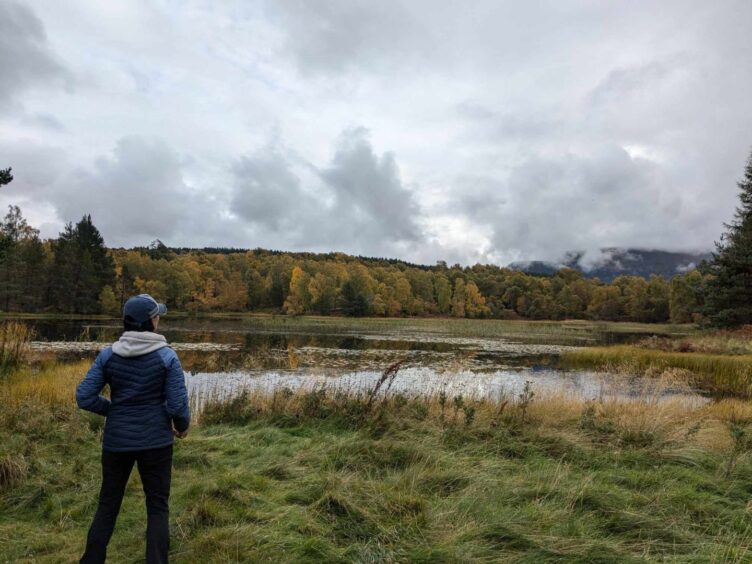
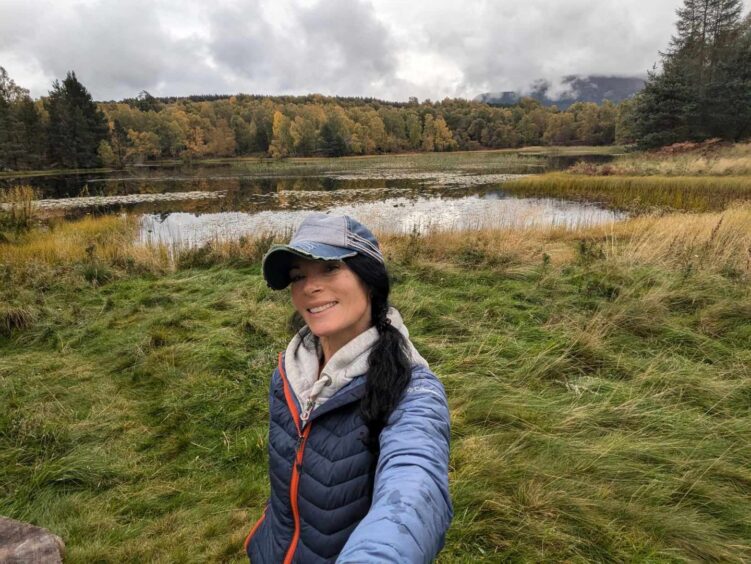
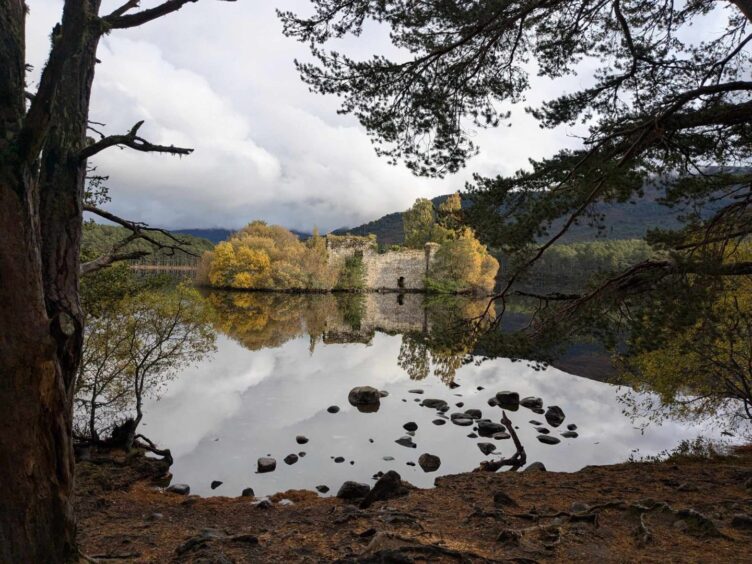
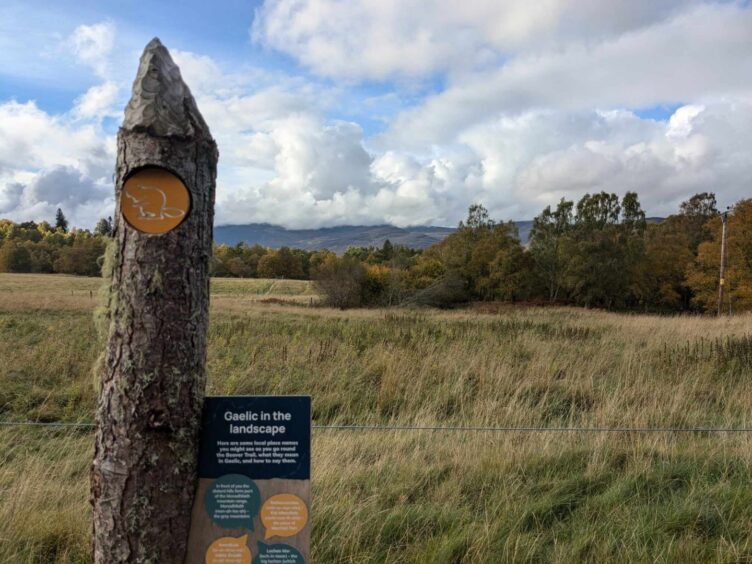
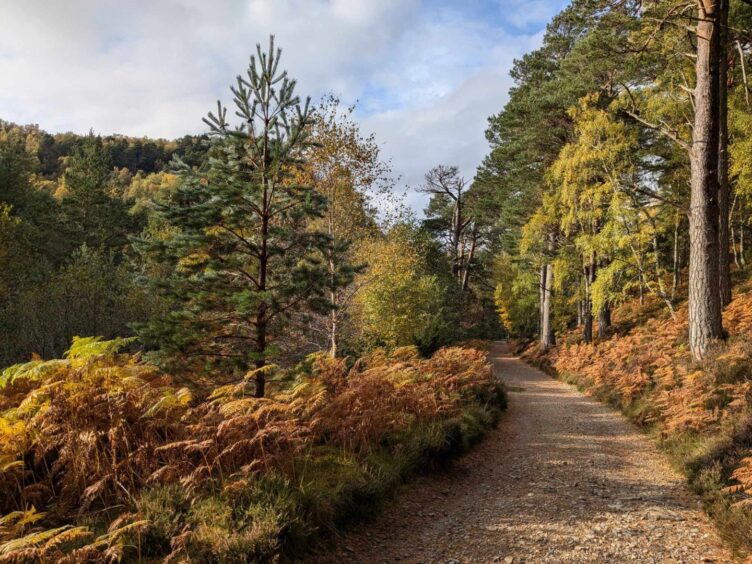
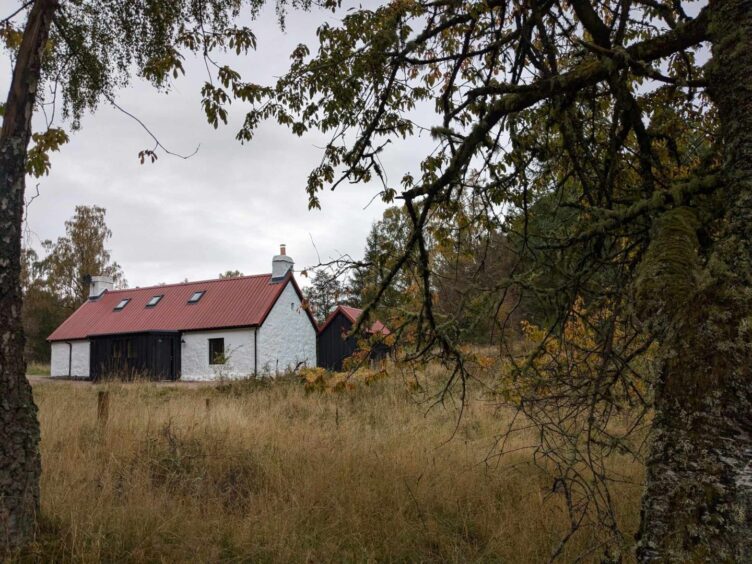
Conversation